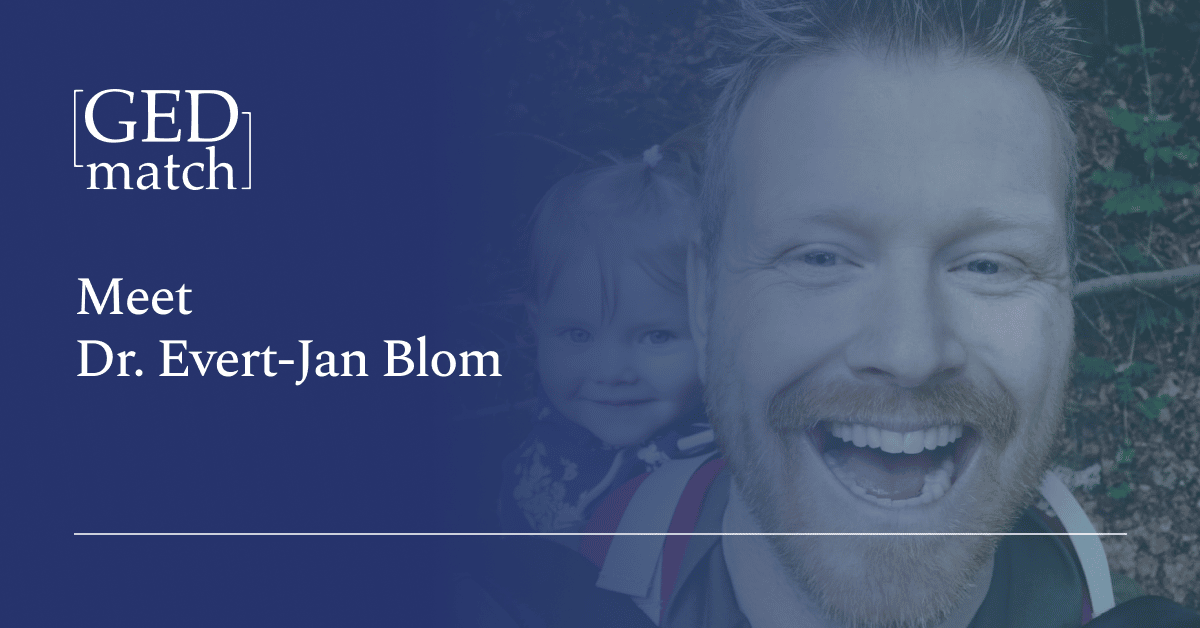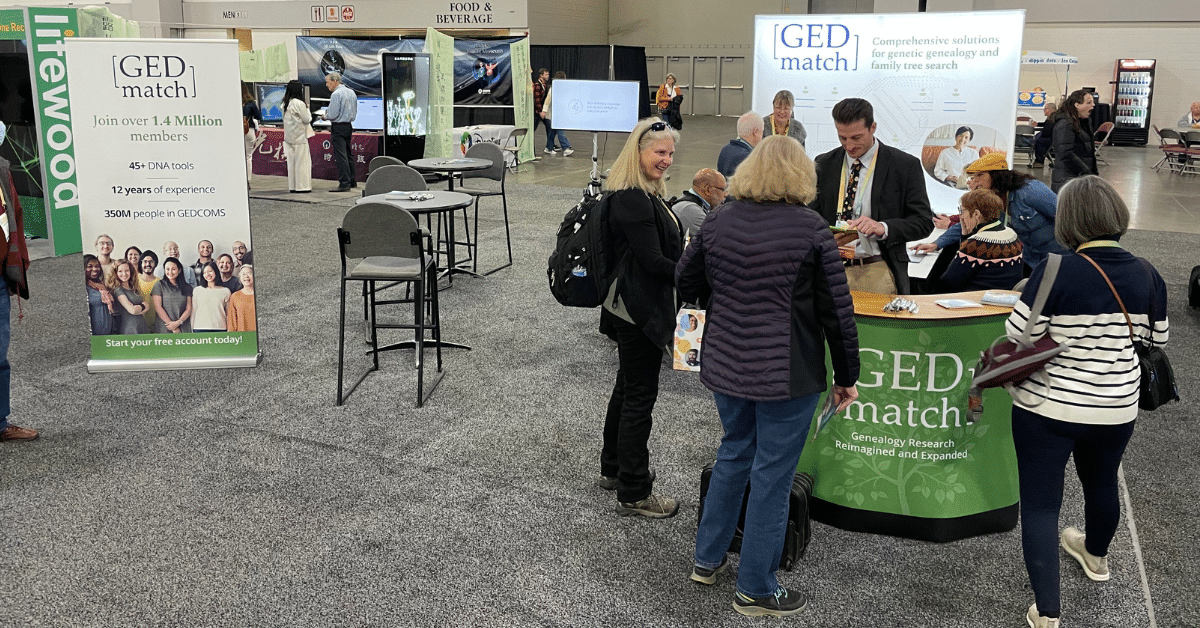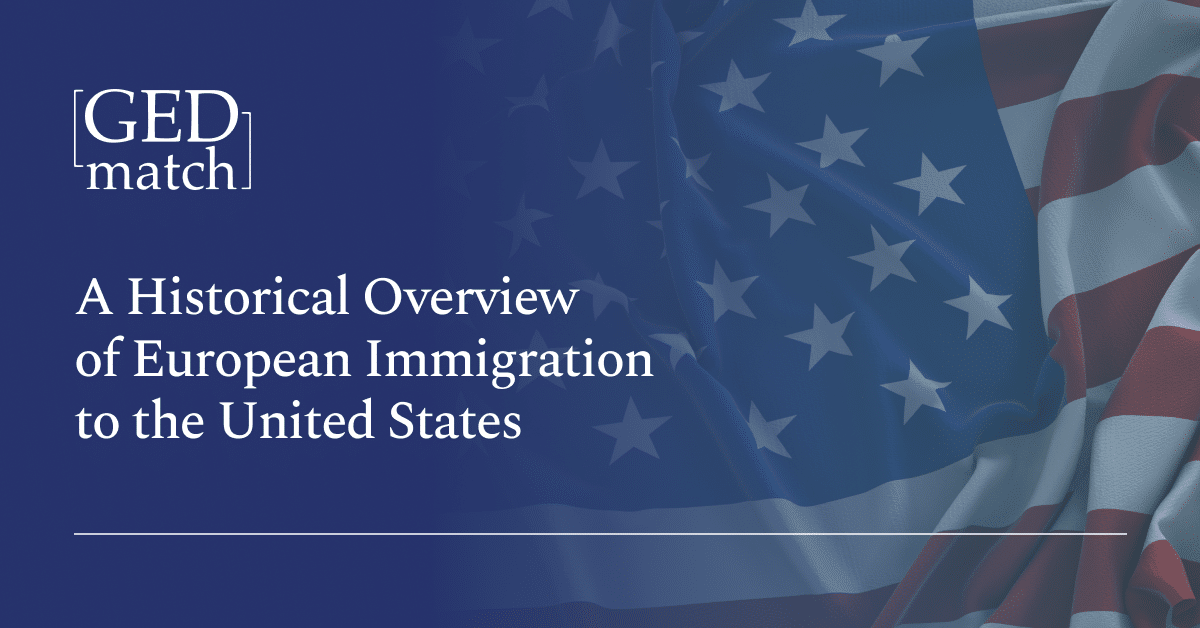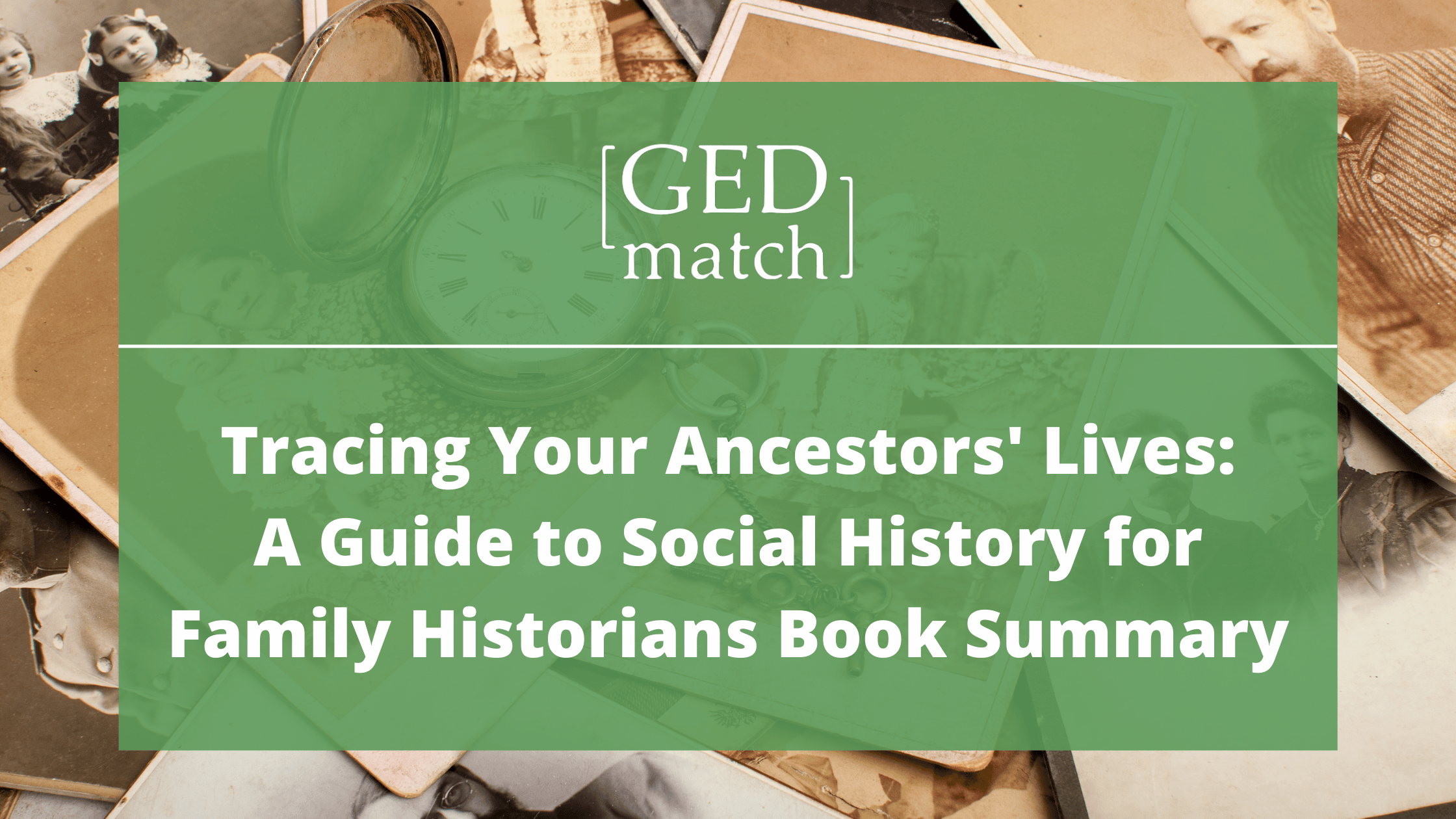Dr. Evert-Jan Blom, the owner of Genetic Affairs, discusses his partnership with GEDmatch and how his tools, including the new AutoKinship tool, are helping enhance the experience for genetic genealogy enthusiasts and others.
Tell us about your background.
My genetic genealogy journey started sometime in May 2013. I was contacted by a DNA relative from 23andme. He and I shared a large segment on chromosome 20. When I heard that he was adopted, I started gathering information concerning my ancestors. I got my father tested as well and slowly assembled our family tree. After testing several 2nd and 3rd cousins from my family tree, we still haven’t figured out how we were connected. Luckily, he was able to connect with his bio sisters after getting some good DNA matches. Although we couldn’t identify our shared ancestor, I was hooked on genetic genealogy and enjoyed all the interactions with family members and distant cousins that I had throughout the years. After many years I had tested numerous family members and in-laws. Most of them were tested at 23andme, AncestryDNA, and/or FTDNA. I realized that getting regular updates for all these profiles took quite some time. It was then that I started developing the methods and website for Genetic Affairs.
When finalizing my website, I read about methods to cluster your DNA matches using shared matches. Since I was already using shared matches for my site, I decided to investigate ways to automate the clustering and provide a nice visualization. This led to the creation of AutoCluster. After its release at the end of 2018, I was contacted by MyHeritage, which was interested in a collaboration. I worked with the crew of MyHeritage and we were able to implement the AutoCluster tool in their infrastructure before Rootstech in 2019. On my site, the AutoCluster tool has since been supplemented with various other tools that automate genetic genealogy research.
How did you first began to work with GEDmatch?
When visiting Rootstech for the launch of AutoCluster, I met a lot of interesting people, and one of them was GEDmatch founder Curtis Rogers. We talked about implementing AutoCluster on GEDmatch and after a collaboration with the developers of GEDmatch, we released the tool in April 2019. When GEDmatch partnered with Verogen later that year, I contacted CEO Brett Williams to discuss a possible collaboration. That resulted in the implementation of the tree reconstruction tools AutoTree & AutoPedigree followed by the segment clustering tool AutoSegment.
Tell us about the new AutoKinship tool. How does it work? Advantages?
One of the advantages of using GEDmatch is the ability to see how much DNA your DNA matches share with you and each other. This allows users to determine how these matches are related to each other. AutoKinship can perform this task automatically and predict putative family trees solely based on the amount of DNA. Note that AutoKinship does not require any known genealogical trees from your DNA matches. Instead, it looks at the predicted relationships between your DNA matches and calculates many different paths you could all be related to each other. The trees from our analysis are ranked and represent the most likely trees out of all the possibilities we calculated.
The probabilities used by AutoKinship are based on simulated data, kindly provided by my now-friend Brit Nicholson (methodology described here: https://dna-sci.com/2021/04/06/a-new-probability-calculator-for-genetic-genealogy/). Learn more about Brit here.
In addition to being used for AutoKinship, these probabilities are also the basis for the new relationship predictor tool that has recently been implemented.
Describe what you see as the future of genetic genealogy.
I am seeing more and more people involved in genetic genealogy with scientific backgrounds, and a real rise of genetic genealogy as a citizen science. I expect we’ll see more new approaches arise from these efforts. Also, we are witnessing an increasing amount of law enforcement and Doe cases being solved using iGG. Hopefully, other countries will follow this approach where possible.
Moreover, as technology improves over time, we might be able to recover more useable DNA from recalcitrant forensic samples or artifacts. Ideally, having better DNA extraction methods and automated DNA analysis workflows will allow LE agencies to perform iGG analyses in-house, making them run-of-the-mill. In the end, having the ability to perform DNA extraction, sequencing and interpretation more efficiently will enable agencies to quickly select cases that have the best chance at succeeding. I think that benefits everyone.
What tips do you have for genealogy enthusiasts to get the most out of GEDmatch?
Quite a few blogs exist that describe tools on GEDmatch, for instance, the DNA Explained (https://dna-explained.com/category/gedmatch/) blog from Roberta Estes. In addition, the YouTube channel from Family History Fanatics (https://www.youtube.com/c/FamilyHistoryFanatics/) covers almost all features on GEDmatch.
Where can people learn more about Genetic Affairs?
There is a lively Facebook group for folks that employ tools from Genetic Affairs (https://www.facebook.com/groups/GeneticAffairs). In addition, several blogs cover our site regularly, for instance, the blog from Roberta Estes (https://dna-explained.com/2020/08/13/genetic-affairs-instructions-and-resources) and the one from Patricia Coleman (https://patriciacolemangenealogy.com/blog/) and Family Locket (https://familylocket.com/tag/genetic-genealogy/).




